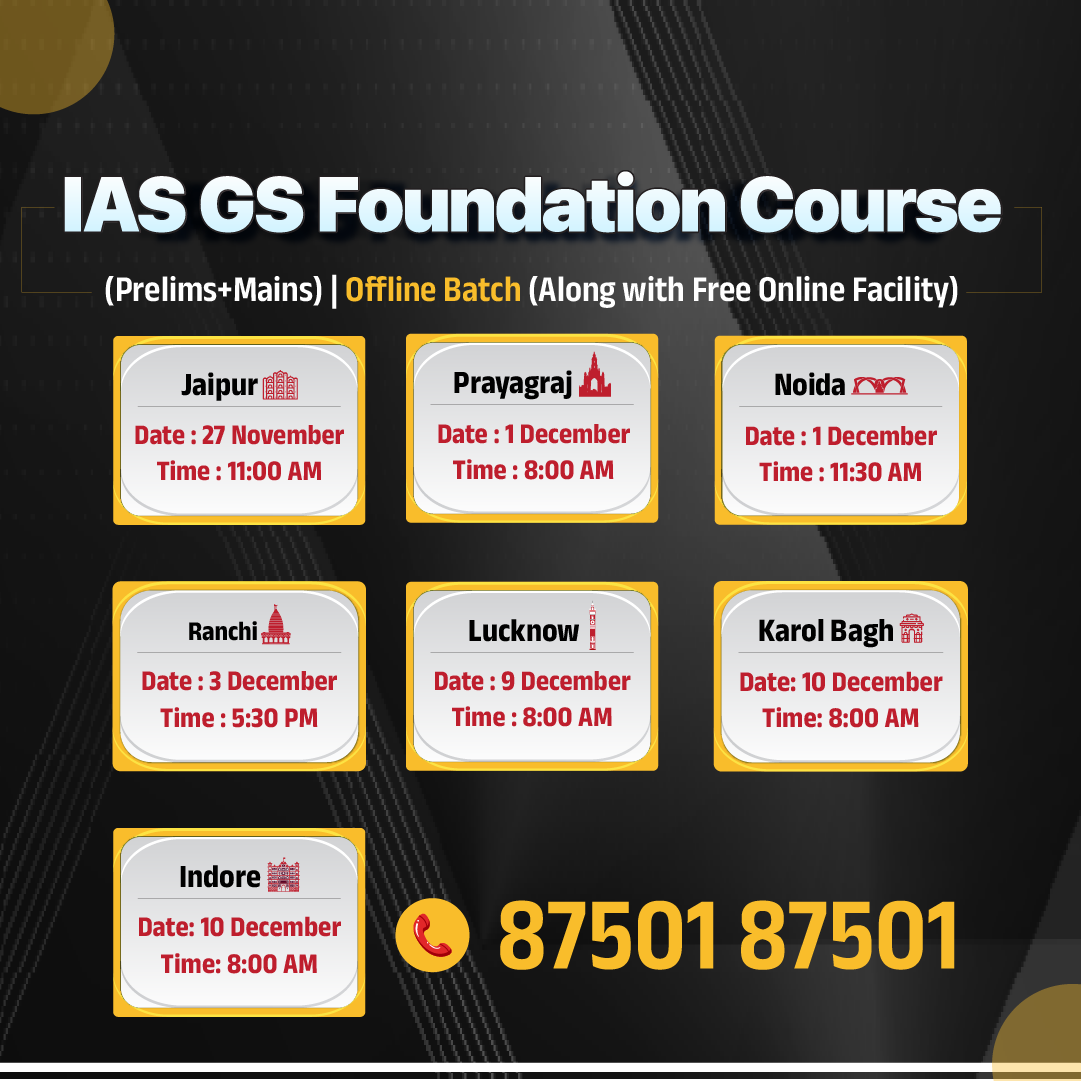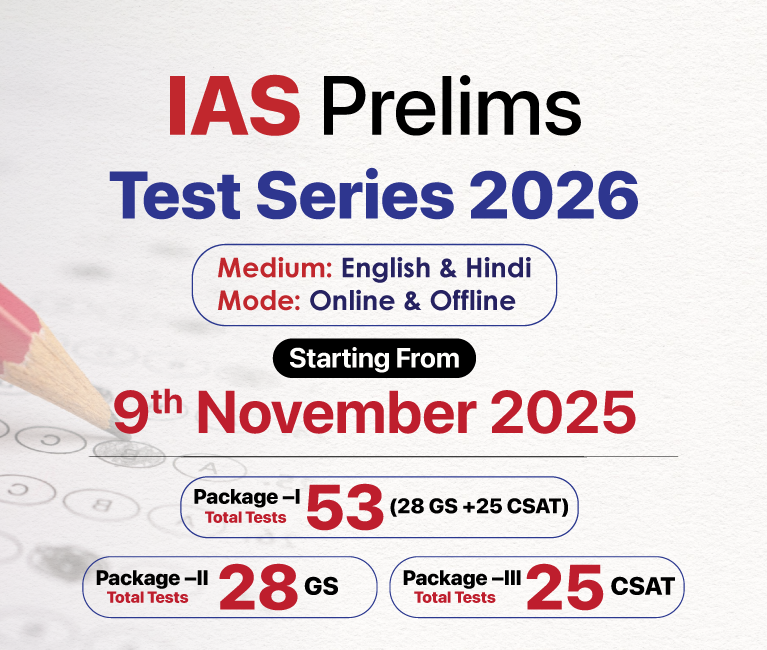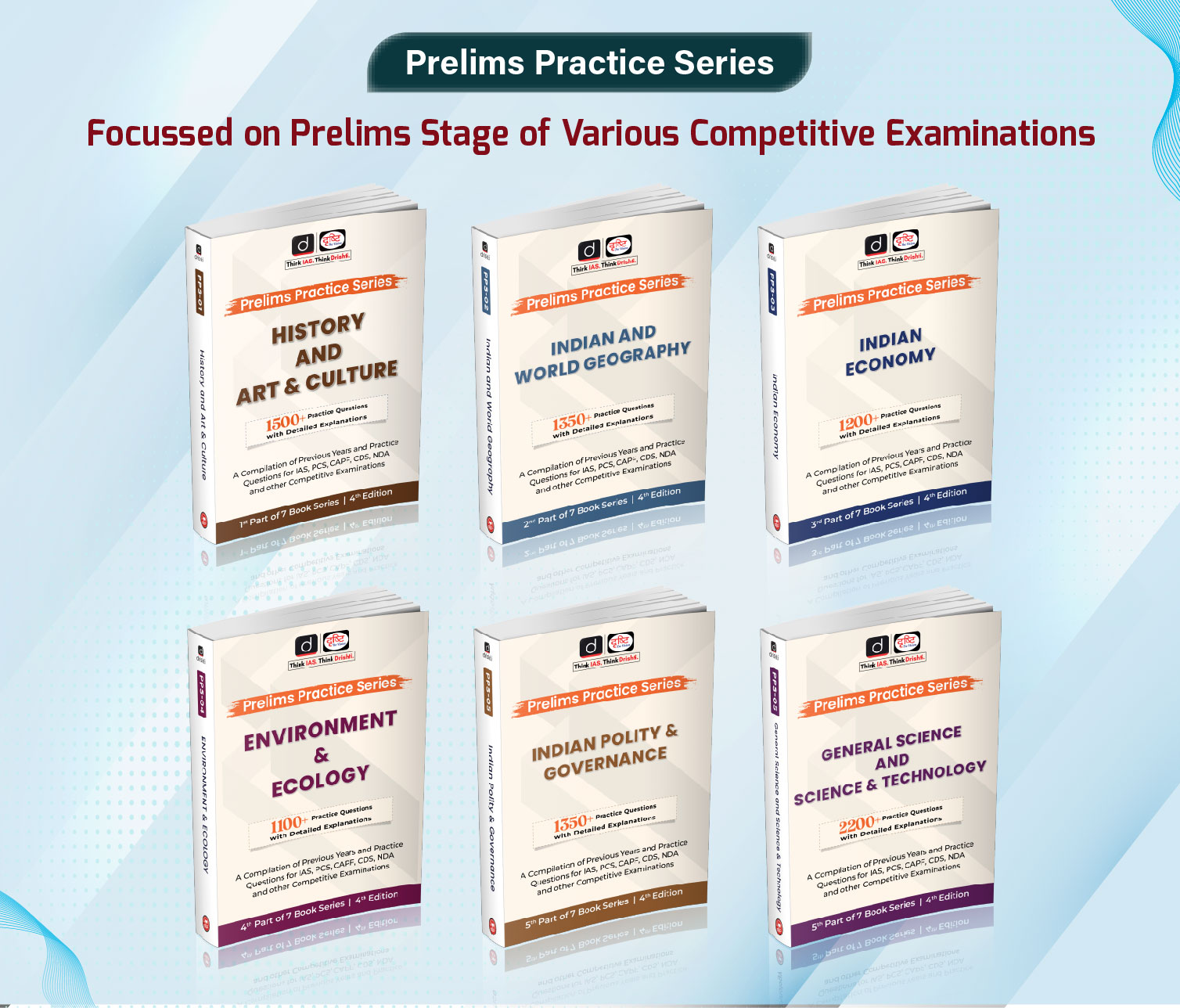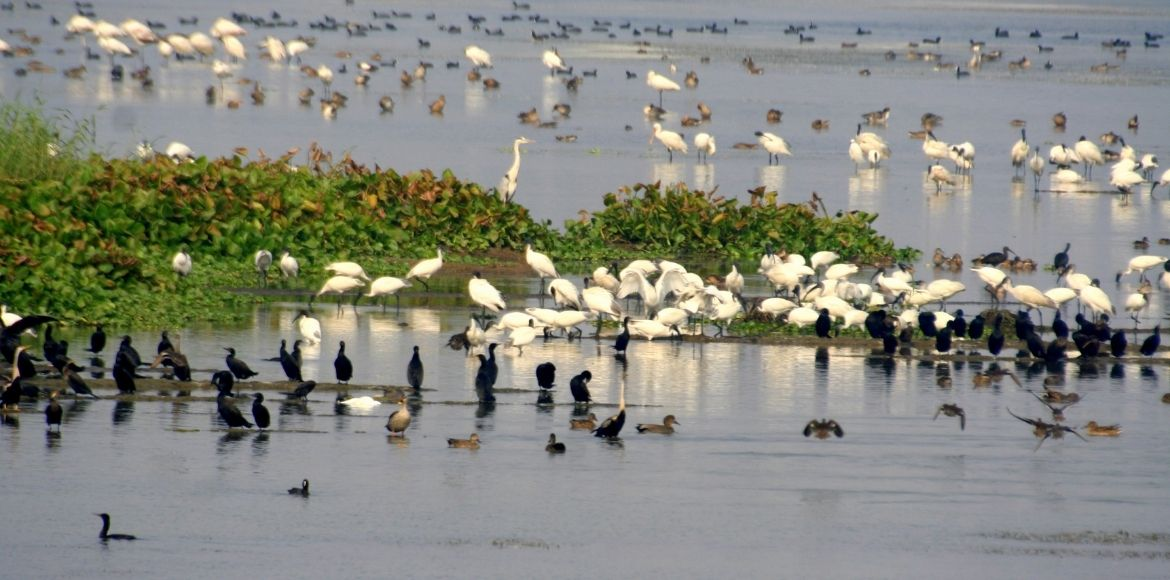Jammu & Kashmir Switch to Hindi
The Waqf Bill
Why in News?
Recently, at the ‘Budget Pe Charcha’ event in Srinagar, the Union Minister of Parliamentary Affairs stated that the proposed amendments in the Waqf Bill aimed to benefit poor Muslims rather than seize Waqf property.
Key Points
- Support for the Waqf Bill:
- He mentioned that several Muslim MPs have also backed the Bill, with many expressing private approval.
- Despite opposition from certain political parties, he highlighted that his ministry had received feedback from the Muslim community, including women.
- The amendments aim to enhance transparency in Waqf property management, ultimately serving the best interests of the community.
- Visit to Dargah Hazratbal Shrine:
- The Minister visited the Dargah Hazratbal shrine in Srinagar and reviewed ongoing development works.
- The Minister praised the J&K Waqf Board’s development initiatives, calling them a model for religious site management across India.
- Discussion on Union Budget 2025:
- He also chaired a discussion on the Union Budget 2025, engaging with local business leaders, industry representatives, and community members.
- The discussion saw participation from stakeholders across various sectors, including the Hotel Association, Houseboat Owners Association, Industries & Commerce Association, Tour & Travel Association, Saffron Growers Association, Shawl Weavers Association, Fruit Growers Association, and Farmers Association.
- The issues discussed included the implementation of the Minimum Wages Act, the revival of Public Sector Undertakings (PSUs), rehabilitation of houseboat owners, and conservation of Kashmir’s wetlands.
- Commitment to J&K’s Economy:
- He acknowledged the significance of tourism and handicrafts in J&K’s economy and assured policy support for these sectors.
- He emphasized sustainable tourism and environmental conservation, particularly in preserving wetlands and rehabilitating houseboats.
- He reiterated the government’s commitment to promoting eco-friendly tourism while safeguarding local livelihoods.
Waqf Act, 1995
- Background:
- The Waqf act was first passed by Parliament in 1954.
- It was later repealed, and a new Waqf Act was passed in 1995, which gave more powers to Waqf Boards.
- In 2013, the Act was further amended to grant the Waqf Board extensive powers to designate property as 'Waqf Property.'
- Waqf:
- It is the permanent dedication of movable or immovable properties for religious, pious or charitable purposes as recognised by Muslim law.
- It implies the endowment of property, whether movable or immovable, tangible or intangible, to God by a Muslim, under the premise that the transfer will benefit the needy.
- The proceeds from a Waqf typically fund educational institutions, graveyards, mosques and shelter homes.
- Waqfs in India are regulated by the Waqf act, 1995.
- Waqf Board:
- A Waqf board is a legal entity capable of acquiring, holding and transferring property. It can sue and be sued in court.
- It administers Waqf properties, recovers lost properties and sanctions the transfer of immovable Waqf properties through sale, gift, mortgage, exchange, or lease, with at least two-thirds of the board members voting in favour of the transaction.
- The Central Waqf Council (CWC), established in 1964, oversees and advises state level Waqf Boards across India.
- Waqf Properties:
- The Waqf board is said to be the third-largest landholder in India after the Railways and the Defence department.
- Currently, there are 8,72,292 registered Waqf properties spread across 8 lakh acres. These properties generate Rs 200 crore in revenue.
- Once a property is designated as a Waqf, it becomes non-transferable and is detained perpetually as a charitable act toward God, essentially transferring ownership to God.
- The Waqf board is said to be the third-largest landholder in India after the Railways and the Defence department.
Jammu & Kashmir Switch to Hindi
Asian Water Bird Census
Why in News?
The Department of Wildlife Protection, in collaboration with the Wular Conservation and Management Authority (WUCMA), is going to conduct the Asian Waterbird Census 2025 in Kashmir.
- This annual initiative helps estimate the population of migratory birds visiting Kashmir’s wetlands and assess the ecological health of these vital habitats.
Key Points
- Significance of Kashmir’s Wetlands:
- The Central Asian Flyway was highlighted as a major migration route used by birds traveling from Russia, Siberia, Europe, and China.
- The migratory patterns of birds arriving in Kashmir’s wetlands between November and March.
- The importance of Kashmir’s wetlands as critical stopover points for migratory birds.
- Census as a Scientific Exercise:
- The census is described as a crucial scientific initiative. Bird migration serves as a key indicator of wetland health.
- Over the past two years, officials have recorded more than 12 lakh migratory birds in Kashmir’s wetlands, reaffirming their global ecological significance.
- Coverage of Key Wetlands:
- The Asian Waterbird Census 2025 will include 25 key wetlands.
- It will cover four Ramsar sites, Hokersar, Haigam, Shallabugh, and Wular Lake—each serving as a vital habitat for thousands of migratory birds.
- Execution of the Census:
- Trained personnel from the Wildlife Department, WUCMA, Forest Protection Force, and Forest Department will conduct the census under strict supervision.
- Avian experts will analyze the collected data after the field survey.
- They will compile a comprehensive report on species diversity, population trends, and wetland health.
- This report will help shape future conservation policies and wetland management strategies.
The Asian Waterbird Census
- About:
- It is a citizen-science programme supporting conservation and management of wetlands and waterbirds worldwide.
- AWC is part of the global International Waterbird Census (IWC) coordinated by Wetlands International.
- AWC runs in parallel with other regional programmes of the IWC in Africa, Europe, West Asia, the Neotropics and the Caribbean.
- It is a citizen-science programme supporting conservation and management of wetlands and waterbirds worldwide.
- AWC in India:
- It was initiated in the Indian subcontinent in 1987 and since then has grown rapidly to cover major regions of Asia, from Afghanistan eastwards to Japan, Southeast Asia and Australasia.
- In India, AWC is jointly coordinated by the Bombay Natural History Society (BNHS) and Wetlands International.
- Significance:
- It gives an idea of the birds at the wetland and the health of the wetland; the more the waterbirds, the more suitable the wetland is.
- It helps in better implementation of the Convention on Migratory Species (CMS) and the Convention on Biological Diversity‘s (CBD).
The Central Asian Flyway (CAF)
- It is a migration route, covering over 30 countries, for different waterbirds linking their northernmost breeding grounds in Russia (Siberia) to the southernmost non-breeding (wintering) grounds in West and South Asia, the Maldives and British Indian Ocean Territory.
- CAF is among the nine flyways in the world and three of the nine flyways that pass through the Indian Subcontinent. The other two are:
- East Asian Australasian Flyway (EAAF) and Asian East African Flyway (AEAF).
- India has a strategic role in the flyway, as it provides critical stopover sites to over 90% of the bird species known to use this migratory route.
- Flyways are the area used by a group of birds during their annual cycle which includes their breeding areas, stop over areas and wintering areas.
Jammu & Kashmir Switch to Hindi
Review Meeting on New Criminal Laws Implementation in J&K
Why in News?
Recently, the Union Home Minister chaired a review meeting in New Delhi to assess the implementation of three new criminal laws in Jammu and Kashmir.
- The Lieutenant Governor and Chief Minister of the Union territory attended the meeting.
Key Points
- Key Areas of Review:
- The meeting evaluated the implementation and current status of various new provisions related to:
- Police reforms
- Prison management
- Judicial processes
- Prosecution and forensic advancements
- Senior officials from the Ministry of Home Affairs (MHA), including the Union Home Secretary, Chief Secretary, Director General of Police (DGP) of Jammu and Kashmir, Director General of the Bureau of Police Research and Development (BPRD), and Director General of the National Crime Records Bureau (NCRB) participated in the discussions.
- The meeting evaluated the implementation and current status of various new provisions related to:
- Implementation Deadline:
- The Union Minister directed the Jammu and Kashmir administration to ensure full implementation of the three new criminal laws by April 2025.
- He emphasized optimal use of technology to facilitate speedy justice under the new legal framework.
- He also called for the urgent implementation of the ‘Trial in Absentia’ provision in the union territory.
- Strengthening Police Accountability:
- He directed the administration to hold police officers accountable for expediting charge sheet filings.
- He instructed that every police station in Jammu and Kashmir should maximize the use of the National Automated Fingerprint Identification System (NAFIS).
- He mandated 100% training of investigating officers on the new legal provisions.
- Monitoring Provisions on Terrorism and Organized Crime:
- The Union Minister emphasized that decisions regarding terrorism and organized crime cases should undergo thorough scrutiny at the Superintendent of Police (SP) level.
- He stressed the need for strict monitoring to prevent misuse of the provisions under the new laws.
- Periodic Review of Implementation:
- He directed that the progress of implementation should be reviewed at three levels:
- Weekly by the Director General of Police (DGP)
- Fortnightly by the Chief Secretary
- Monthly by the Chief Minister
- He directed that the progress of implementation should be reviewed at three levels:
National Automated Fingerprint Identification System (NAFIS)
- NAFIS, a nationwide database managed by National Crime Records Bureau (NCRB), swiftly stores crime-related fingerprints and assigns a unique 10-digit National Fingerprint Number (NFN) to apprehended criminals within 24 hours.
- NFN remains with the offender for life, connecting various crimes under different FIRs to the same ID.
- ID comprises state code (first two digits) and sequential number, specific to states.
- NAFIS swiftly identifies persons of interest, linking their names to warrants, warnings, and related criminal data in police reference systems.
- It operates from New Delhi's Central Fingerprint Bureau(CFPB).
- It aims to collect fingerprint data of criminals from all Indian states and Union Territories, offering a web-based platform for real-time uploading, tracking, and retrieval of information by law enforcement agencies.


.png)








.png)


.jpg)



 PCS Parikshan
PCS Parikshan


